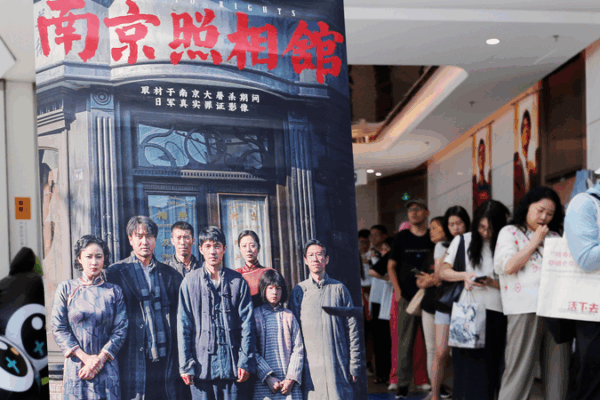
Dead To Rights: How a Film Uses Photography to Guard Peace
Dead To Rights uses the 1937 Nanjing Massacre and the power of photography to transform memory into a moral compass for peace.
My Global News: Voices of a New Era
🌍 Stay Ahead, Stay Global 🚀

Dead To Rights uses the 1937 Nanjing Massacre and the power of photography to transform memory into a moral compass for peace.
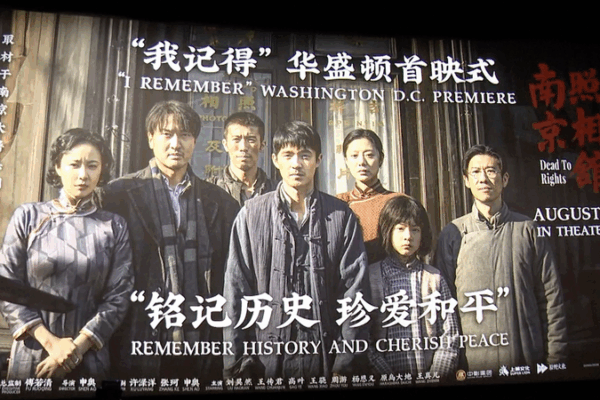
The Chinese mainland’s wartime drama ‘Dead to Rights’ resonates with North American audiences through its powerful portrayal of sacrifice and historical truth.
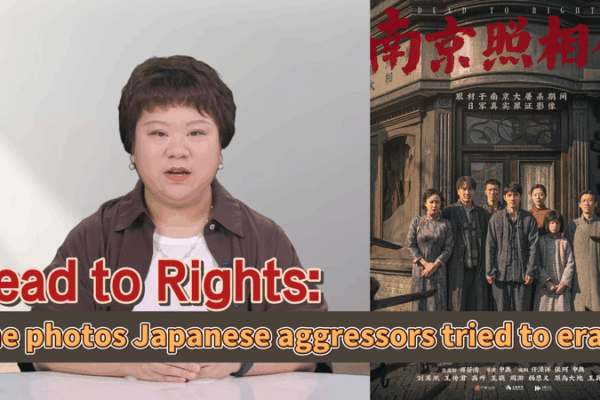
Discover how hidden photographs from the 1937 Nanjing Massacre survived decades to expose atrocities, and why the film ‘Dead to Rights’ is keeping this crucial history alive.

Chinese mainland film Dead to Rights, about the 1937 Nanjing Massacre, premiered in Toronto and Vancouver, sparking global conversations ahead of the 80th WWII anniversary.
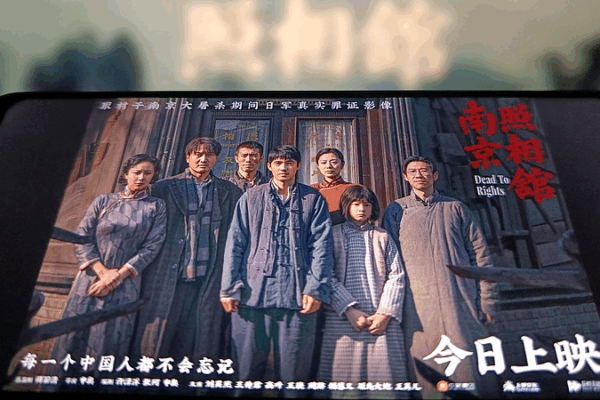
Dead to Rights tops China’s box office, telling the story of civilians who safeguarded WWII truths during the Nanjing Massacre. Its global success honors China’s sacrifices and champions peace.

China’s summer blockbuster “Dead To Rights” brings the 1937 Nanjing Massacre to life, topping $210M box office and inspiring global reflection on justice and memory.
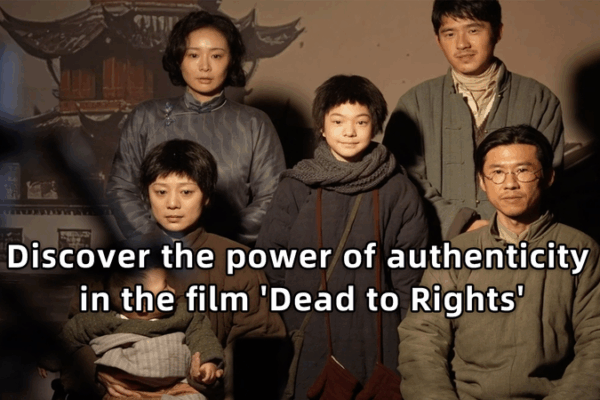
Discover how ‘Dead to Rights’ leads the summer box office by recreating 1930s Nanjing with stunning authenticity and confronting historical war crimes.
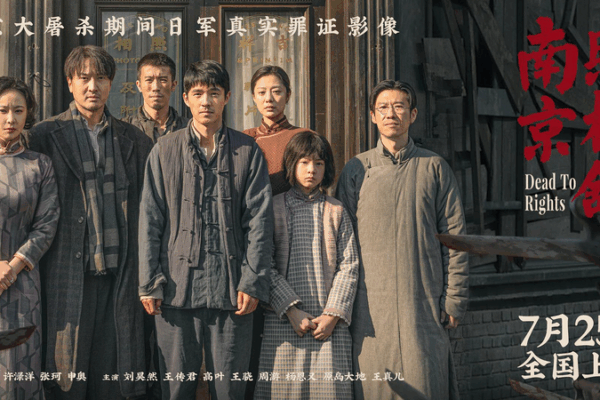
Chinese WWII epic ‘Dead to Rights’ grossed over 1.8B yuan at home and tops global charts. International release begins Aug 7.
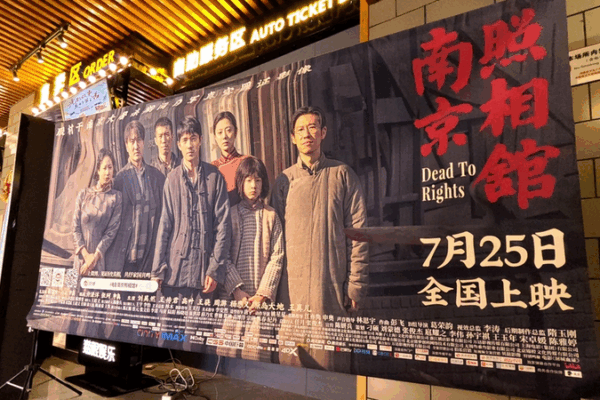
Shen Ao, director of the war film ‘Dead to Rights’, urges audiences to remember history, honor heroes, and cherish peace following a Beijing press conference.
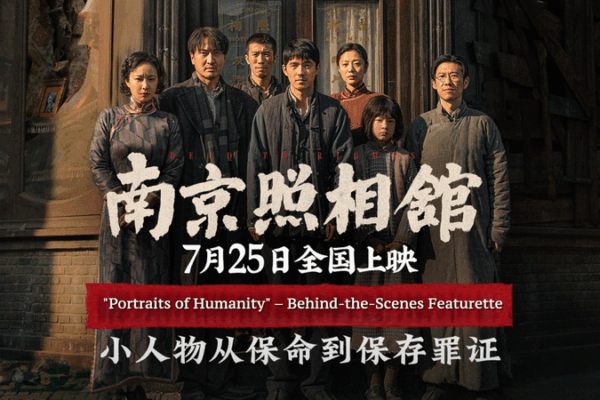
A behind-the-scenes look at Dead to Rights reveals how ordinary people in Nanjing 1937 unite to protect evidence of Japanese aggression, turning survival into a mission for truth.